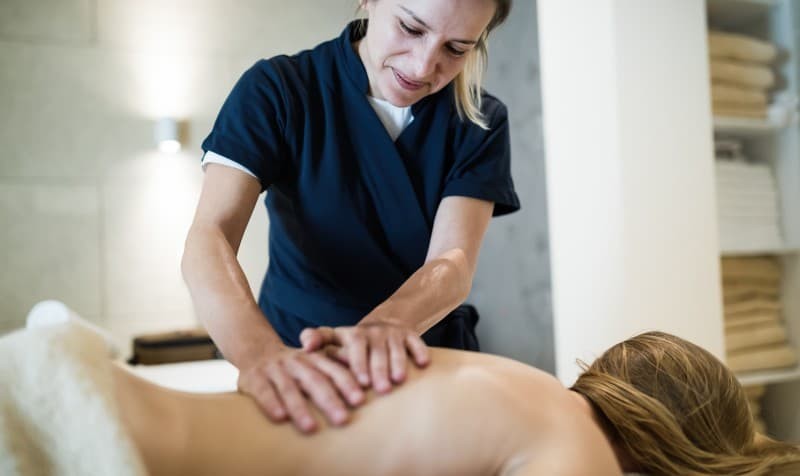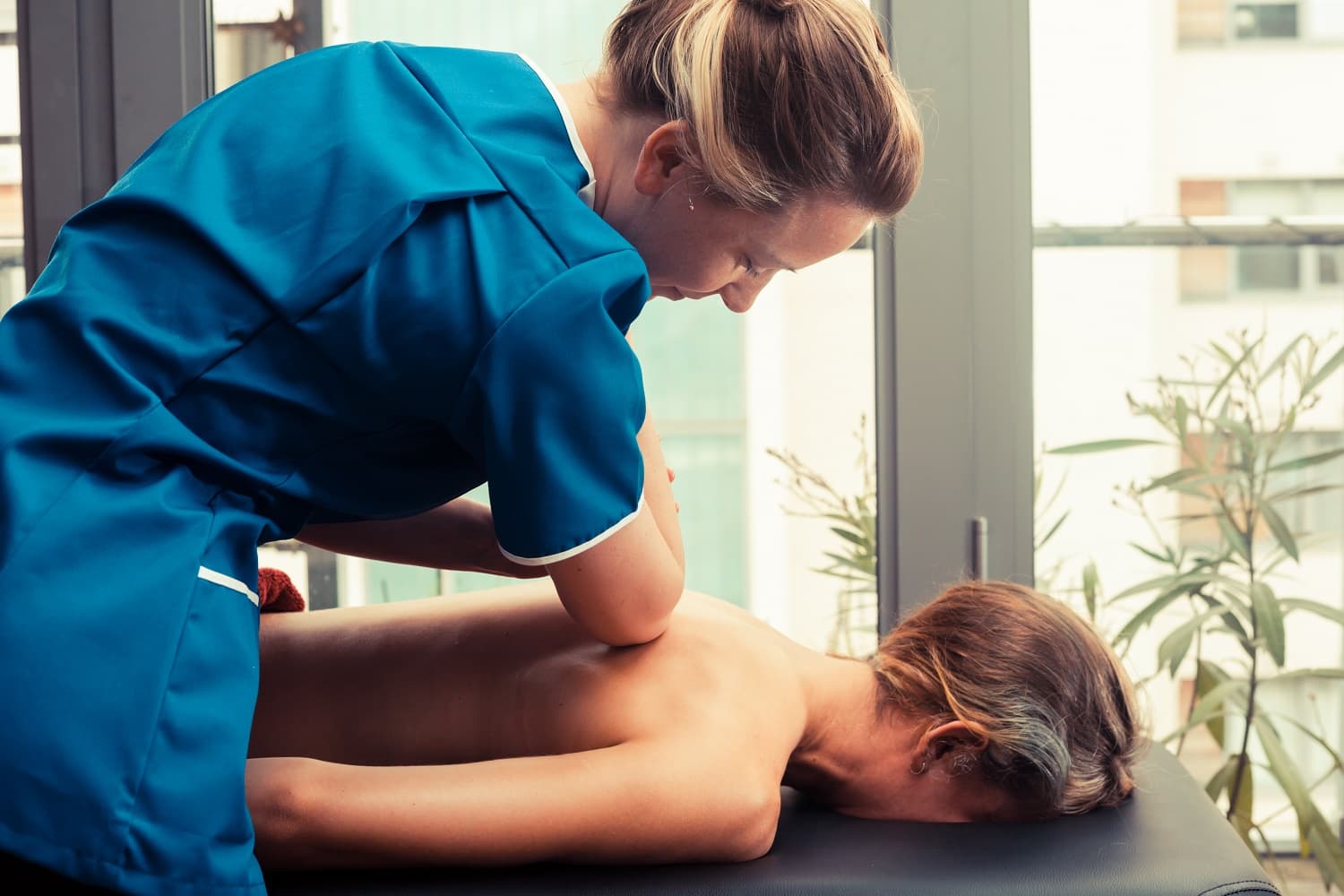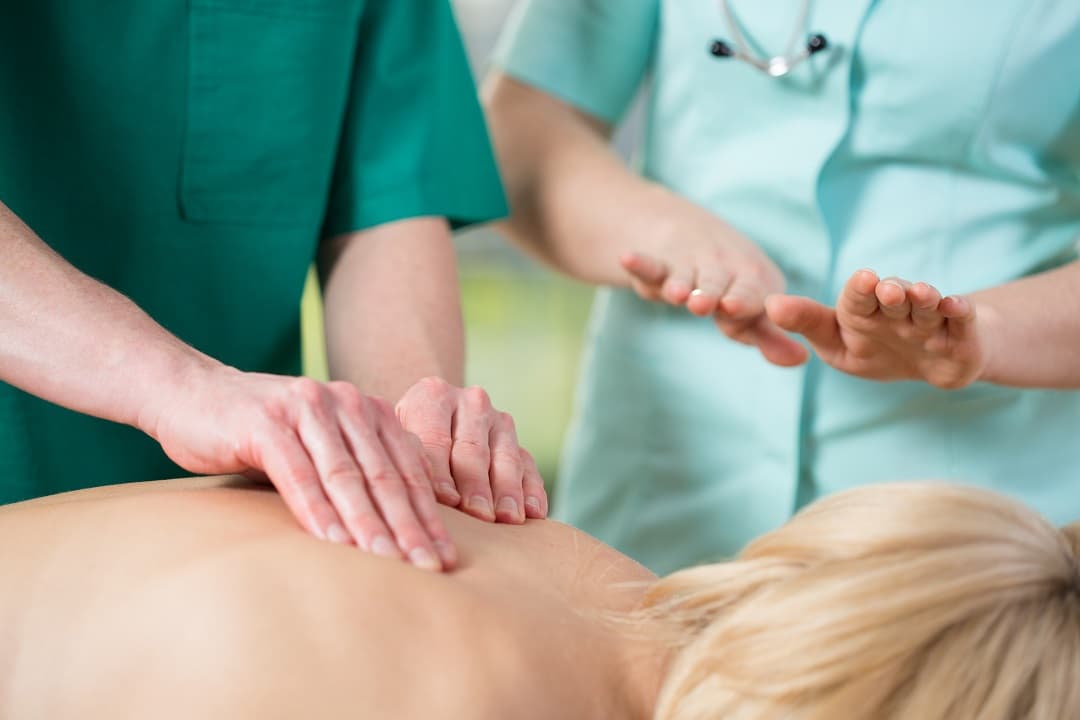
Whether you're looking to embark on a new career or boost your natural health business, it's worth taking a massage course. In discussions about complementary therapy, massage services frequently crop up because there's no denying their health benefits and the financial rewards a therapist can reap.
Studying massage therapy is a great way to learn how to address health issues affecting the soft tissues, muscles, bones and ligaments in the body. The benefits of massage go beyond eliminating pain as it also improves blood circulation, increases range of motion and induces relaxation. This is precisely why the demand for massage is so high.
Professional massage therapists can choose to work anywhere they please. As one, you can look forward to a rewarding career at a massage clinic, on cruise ships, in the beauty industry, or set up your own private practice and relish the joys of working with different massage clients on your own schedule.
However, if it feels like it's taking you forever to earn your qualification because choosing a massage therapy program is so daunting, considering the range of choices available out there, put your worries to rest. This step-by-step guide will help you decide which course to take and point you in the direction of the best massage therapy schools that can provide it.
1. Compare Courses
The first step to becoming a licensed massage therapist in Australia is to gather as much information as you need about different types of courses. If it's possible, head along to open days - or ask for an appointment with an admissions officer, so you can direct to them your questions about the course and its scope.
If that's not possible, carefully compare course brochures and prospectuses and find out what the graduates have to say about each course. Although the basics of massage are covered in every course, whether you're studying to become a remedial massage therapist or a practitioner of pregnancy massage, keep in mind that a large part of the program will focus on the specific techniques used in your choice of massage modality. That is why it is very important to know the subjects that are included in the course that you plan to take, whether it's a massage therapy certification program, a diploma course or a degree.
2. Set Your Intention
No two courses are alike, so you have to be clear about your objectives for studying massage. That way, you don't end up taking a course half-heartedly. If your goal for studying massage is to facilitate healing among friends and family members, a short online course will do.
But if you plan to take your massage therapy career to various places and work with a wide range of clients in a medical setting or in wellness centres, such as spas, fitness centres, rehabilitation clinics or sports clubs, it pays to complete a diploma or a degree in massage recognised by a professional body like the Association of Massage Therapists (AMT).
In addition to being nationally accredited, the course has to be provided by a registered training organisation (RTO). Although massage therapy is a self-regulating industry in Australia, earning your credentials from an accredited course will matter to your future employer and clients.
3. Sign up for a Taster Course

Taking a short online or face-to-face massage course is the ideal way to test the waters and weigh the pros and cons of a career in massage therapy.
Discover Massage Australia, Hawaiian Lomi Lomi Massage Training Courses and The Australian School of Reflexology are just some massage schools in Australia that offer short certification programs that run from two to five days.
If you decide afterwards to pursue a Certificate IV program, a diploma-level qualification or a bachelor's degree in remedial massage, Swedish massage, shiatsu, pregnancy massage, Chinese massage or whatever massage technique that interests you, then you can very well do so.
There are also advanced courses designed for experienced massage therapists who want to take their career to the next level or meet their continuing education requirements.
4. Decide How to Study
Once you have narrowed down your options, it's time to decide how you want to do the coursework. If you maintain a day job and have plenty of commitments, you may want to consider a flexible study schedule which you can fit around your daily priorities.
Some schools offer online learning to give the students more flexibility to manage their study time without sacrificing their other commitments. These schools use a reliable learning management system (LMS) where the massage school instructors can upload the modules and conduct lectures. Using the student interface the tool, students can interact with each other and collaborate on group projects as well as deliver their individual assignments and assessments.
On-campus courses, on the other hand, require students to attend classes in a physical classroom at a fixed schedule. If you like the idea of being in the same room as other people who are as passionate as you are about learning massage therapy, the classroom setting will work best for you.
5. Ask Relevant Questions
To find a course provider whose curriculum matches your goals, you must be proactive in collecting the necessary information that will directly affect your studies. Do not take anything at face value. Find time to reach out to the schools that you're eyeing to learn more about their offerings, or you might miss out on a good deal.
Once you stumble across three or five massage therapy schools that offer the course you want, contact the course advisors of each institution to raise your concerns about tuition fees, scheduling policy and delivery methods, among other things. You can never tell at glance which school offers the best payment scheme, training method or faculty members; communication is key.

To find out which college or university is capable of providing your needs, consider asking each of your school options the following questions:
- How is the course delivered?
- How long will the course take?
- Can I study at my own pace, or do I need to stick to a schedule?
- Who is handling the course, and what are their qualifications and experience?
- How much is the tuition fee?
- Are the fees paid upfront, or can I apply for a student loan?
Once you have obtained the answers to these questions, you'll be in a better position to choose a massage course that's right for you. And when you are, you can start comparing massage courses on the Natural Therapy Pages.
|
Do you have a natural health & wellness business? |




